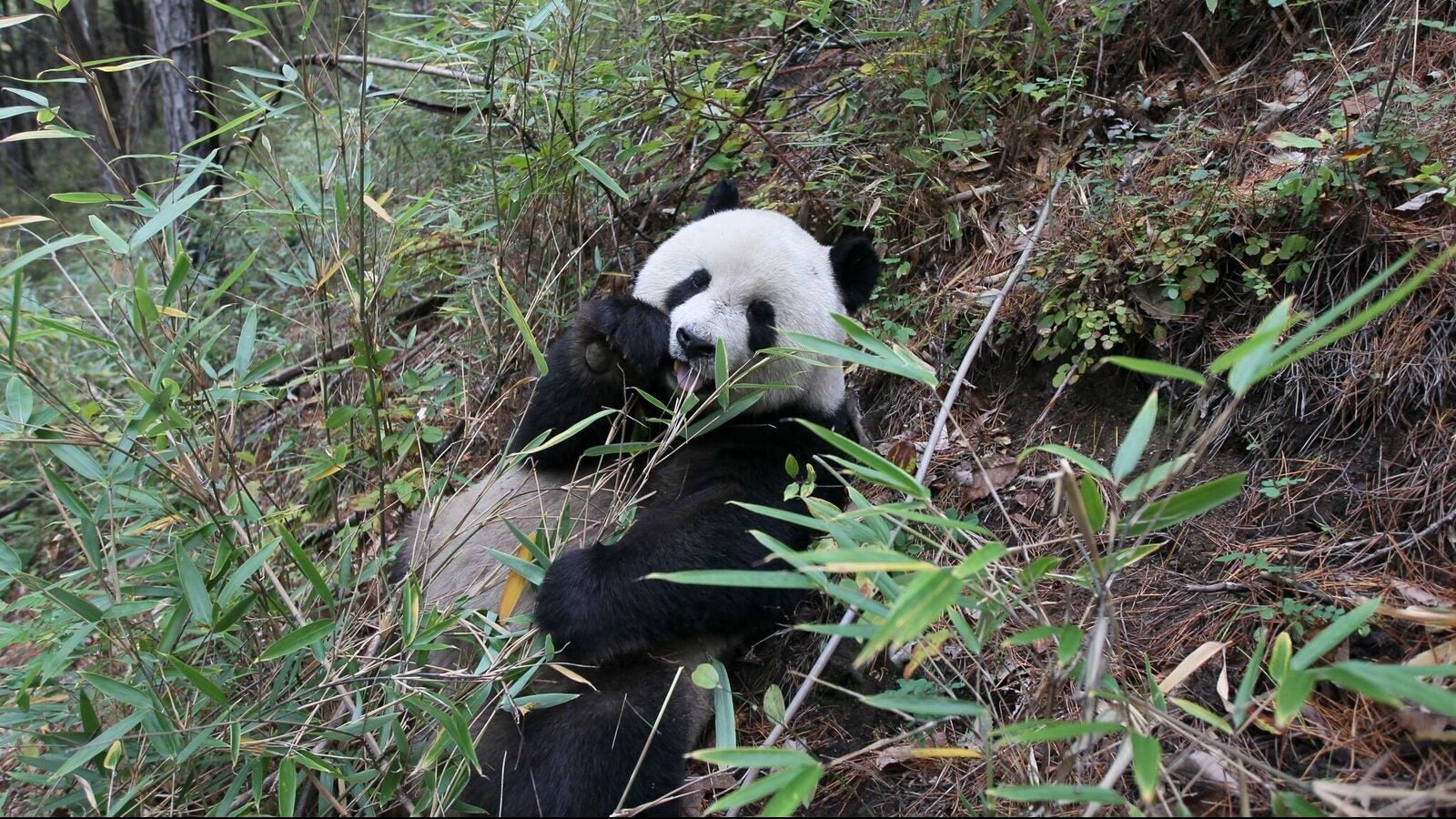Pandas aren’t worth saving—but their habitat is
The ground on which pandas are tumbling about in China does far more for the environment than the bears themselves. A study published today (June 28), led by researchers at the Chinese Academy of Science, shows that conserving the giant panda’s natural habitat was worth roughly $2.6 billion in 2010—at least 10 times we paid to preserve the species that year.


The ground on which pandas are tumbling about in China does far more for the environment than the bears themselves. A study published today (June 28), led by researchers at the Chinese Academy of Science, shows that conserving the giant panda’s natural habitat was worth roughly $2.6 billion in 2010—at least 10 times we paid to preserve the species that year.
The study, published in Current Biology, hinges on the argument that the ecosystems pandas enjoy the most—specifically, mountainous forests chock full of bamboo—are valuable for other reasons. This land, the researchers argue, can also be used by locals for crops, grazing farm animals, and as a way to access natural water sources and firewood. Plus, natural forests sequester carbon dioxide from the air, absorb rainwater in the soil, and facilitate the cycling of nutrients from plants to all the other animals that inhabit forests and back again.
The study also argues that pandas provide cultural value as an “iconic species,” generating happiness (which you’d think would be priceless) worldwide—just look at their popularity at zoos and their representation as toys and on other goods. The authors note that “our analysis does not assume that pandas themselves drive tourism;” that said, they go on, people do enjoy visiting panda reserves in the hopes of seeing a bear, and highly value them culturally.
The study calculates that, all the “services” carried out by the 67 panda reserves spanning over 12,740 sq miles (33,000 sq km) in central China were worth an estimated $2.6 billion in 2010. Meanwhile, it cost only $255 million to protect that land. This obvious benefit to preserving panda habitat is surely enough to convince those “journalists [who] have suggested that it would be best to let the panda go extinct,” the authors write.
Although that comment probably wasn’t intended for us, it’s true that last week, my editor Elijah Wolfson and I at Quartz came out as anti-panda. We’re not the only ones to have voiced that opinion. Journalists at NPR, Gizmodo, Business Insider, and Slate have shared similar views. To be clear, we’re mostly saying these creatures are overrated and don’t seem to want to survive as a species: For bears with mostly carnivorous stomachs, they’re sure committed to sticking to that highly inefficient bamboo diet, and they don’t seem all that well-equipped to reproduce.
But make no mistake: we’re not at odds with this paper. The ecosystems around the globe combine to provide an estimated $125 trillion worth of economic value, a contribution that often goes unrecognized. Conservation efforts are great, especially considering we’re the ones who demolished a lot of natural panda habitat directly through urban development, and indirectly through climate change, to begin with. The forests that house pandas are undeniably great habitat for all kinds of creatures, golden snub-nosed monkeys, takins, golden pheasants, and blue sheep—some of which are also endangered or vulnerable.
So protect forest reservations in China! Add more, even! Just don’t do it for only those black and white floofers.